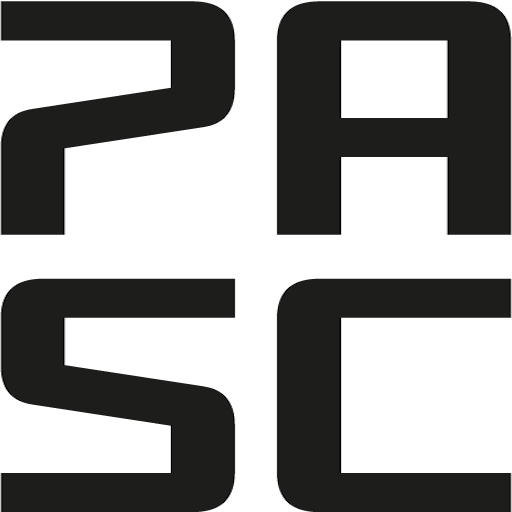The PASC Conference is pleased to announce the formation of collaborative partnerships with scientific journals and that the deadline for papers submissions has been extended to January 23, 2017.
The PASC17 Conference, co-sponsored by ACM SIGHPC, will be held from June 26 to 28, 2017, at the Palazzo dei Congressi in Lugano, Switzerland. The conference is an interdisciplinary event in high performance computing that brings together domain science, applied mathematics and computer science. By submitting papers to PASC17, authors can benefit from the rapid and broad dissemination of results afforded by the conference venue and associated proceedings, as well as from the impact associated with publication in a high-quality scientific journal.
PASC17 CONFERENCE AND PROCEEDINGS PUBLICATION
Accepted manuscripts will be published in the ACM Digital Library on the first day of the conference. At the event, authors will be given 30-min presentation slots, grouped in topically focused parallel sessions.
POST-CONFERENCE JOURNAL SUBMISSION
Following the conference authors will have the opportunity to develop their papers, and, where appropriate, associated open-source software, for publication in a relevant, computationally focused, domain-specific journal. The journal paper should be an expanded version of the conference paper (consistent with the ACM policy for major revisions [1]) presenting a more complete description of the work – a fuller introduction, deeper project description, additional results, etc., and may be accompanied by associated open-source software.
To facilitate post-conference journal publications, the PASC Conference has formed collaborative partnerships with a number of high-quality scientific journals, including Computer Physics Communications (CPC) [2], the Journal of Advances in Modeling Earth Systems (JAMES) [3], and ACM Transactions on Mathematical Software (ACM TOMS) [4]. Members of the journals’ editorial boards will work with the PASC Papers Committee in reviewing PASC papers and in identifying papers to be extended and submitted to partner journals. Authors should communicate their interest in publishing with a partner journal during the review process. The current membership of the PASC Partner Journal Editors Board is as follows:
* Prof. Stan Scott, Computer Physics Communications, Editor-in-Chief & Queen’s University, Belfast
* Dr. Robert Pincus, Journal of Advances in Modeling Earth Systems (JAMES), Editor-in-Chief & University of Colorado/ NOAA Earth System Research Laboratory
* Dr. Mike Heroux, ACM Transactions on Mathematical Software (TOMS), Editor-in-Chief & Sandia National Laboratory
SUBMISSIONS
The PASC17 papers program is soliciting high-quality contributions of original research relating to high performance computing in eight domain-specific tracks:
– Materials Science and Chemistry
– Life Sciences
– Physics
– Climate and Weather
– Engineering
– Solid Earth Dynamics
– Computer Science and Applied Mathematics
– Emerging Domains in HPC
Areas of interest include (but are not limited to):
– The use of advanced computing systems for large-scale scientific applications
– Implementation strategies for science applications in energy-efficient computing architectures
– Domain-specific languages, libraries or frameworks
– The integration of large-scale experimental and observational scientific data and high-performance data analytics and computing
– Best practices for sustainable software development and scientific application development
Papers should be between 5 and 10 pages in length, including figures, tables and appendices, but not references, for which there are no limits.
Full submissions guidelines are available at pasc17.pasc-conference.org/submission/guidelines-for-papers/.
SUBMISSIONS DEADLINES – EXTENDED
– January 23, 2017: Submissions close
– February 20, 2017: First review notification
– March 13, 2017: Revised submissions close
– April 11, 2017: Final review notification
PAPERS CHAIRS
Dr. Jack Wells (Oak Ridge National Laboratory)
Prof. Torsten Hoefler (ETH Zurich)
PROCEEDINGS CHAIR
Dr. Tim Robinson (Swiss National Supercomputing Centre)
FOOTNOTES
[1]: To distinguish between a new derivative work and a minor revision, ACM uses, respectively, a rule of greater than or less than 25 percent changed.
[2]: www.journals.elsevier.com/computer-physics-communications
[3]: agupubs.onlinelibrary.wiley.com/hub/journal/10.1002/(ISSN)1942-2466/
[4]: toms.acm.org/
